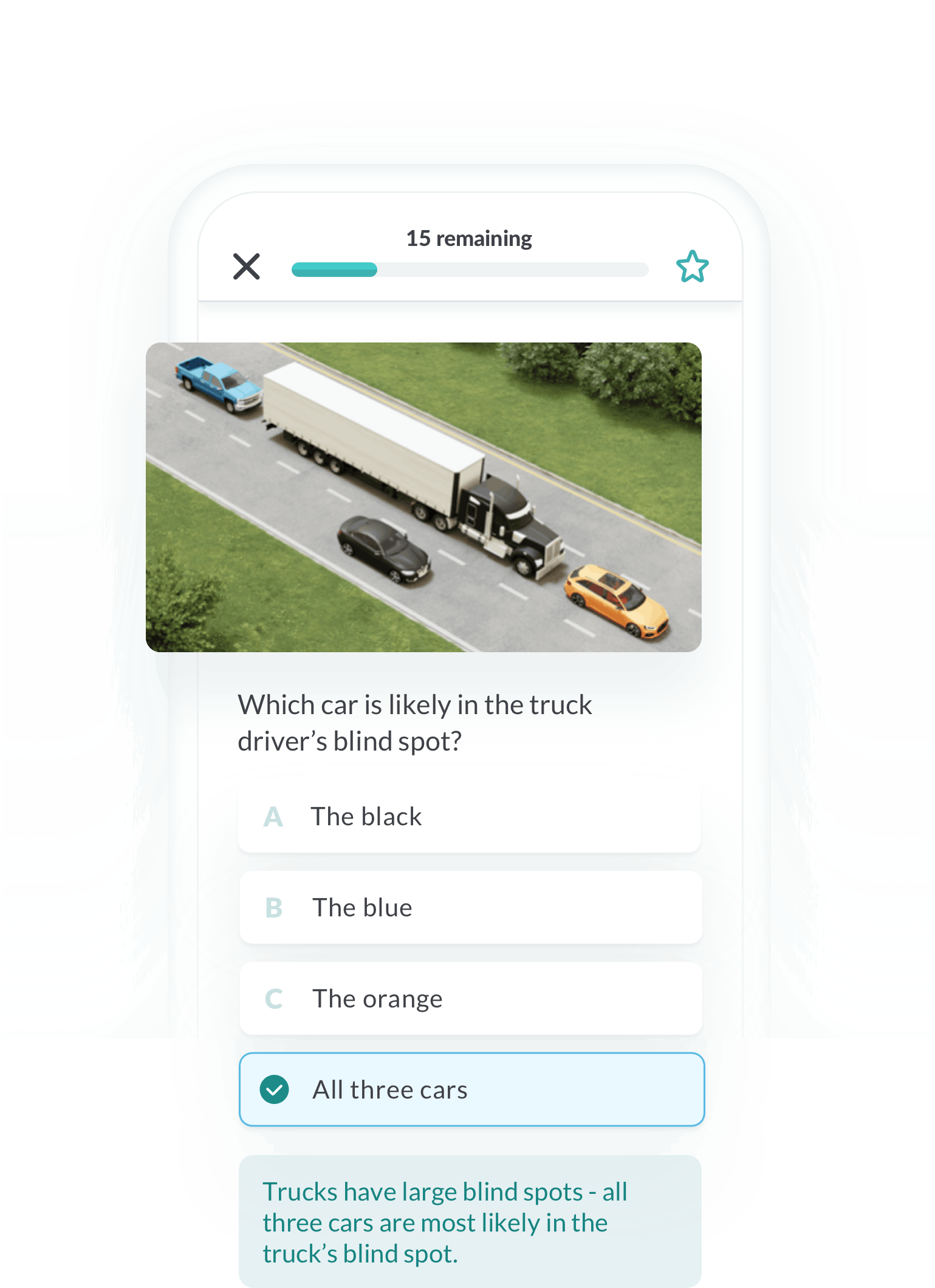
Is the New Hampshire Motorcycle Written Test Hard?
That depends on how well you prepare for it, and our goal at Zutobi is to make sure you feel completely ready and confident. Our bite-sized pieces of information are easy to learn and paired with useful visuals to make the entire lesson easy to remember. So, on test day, you’ll be ready to earn a passing score with material that can be easily recalled.
